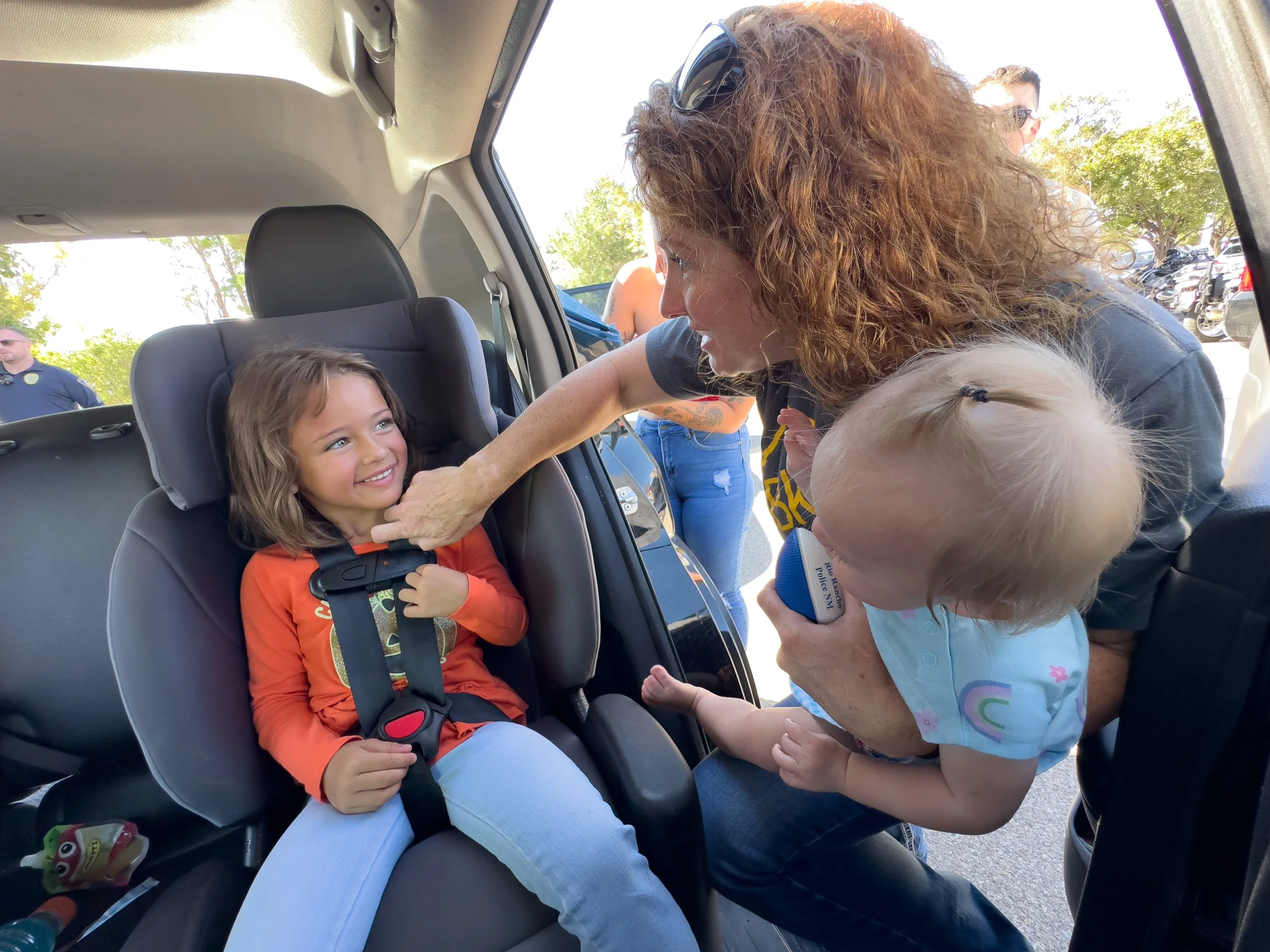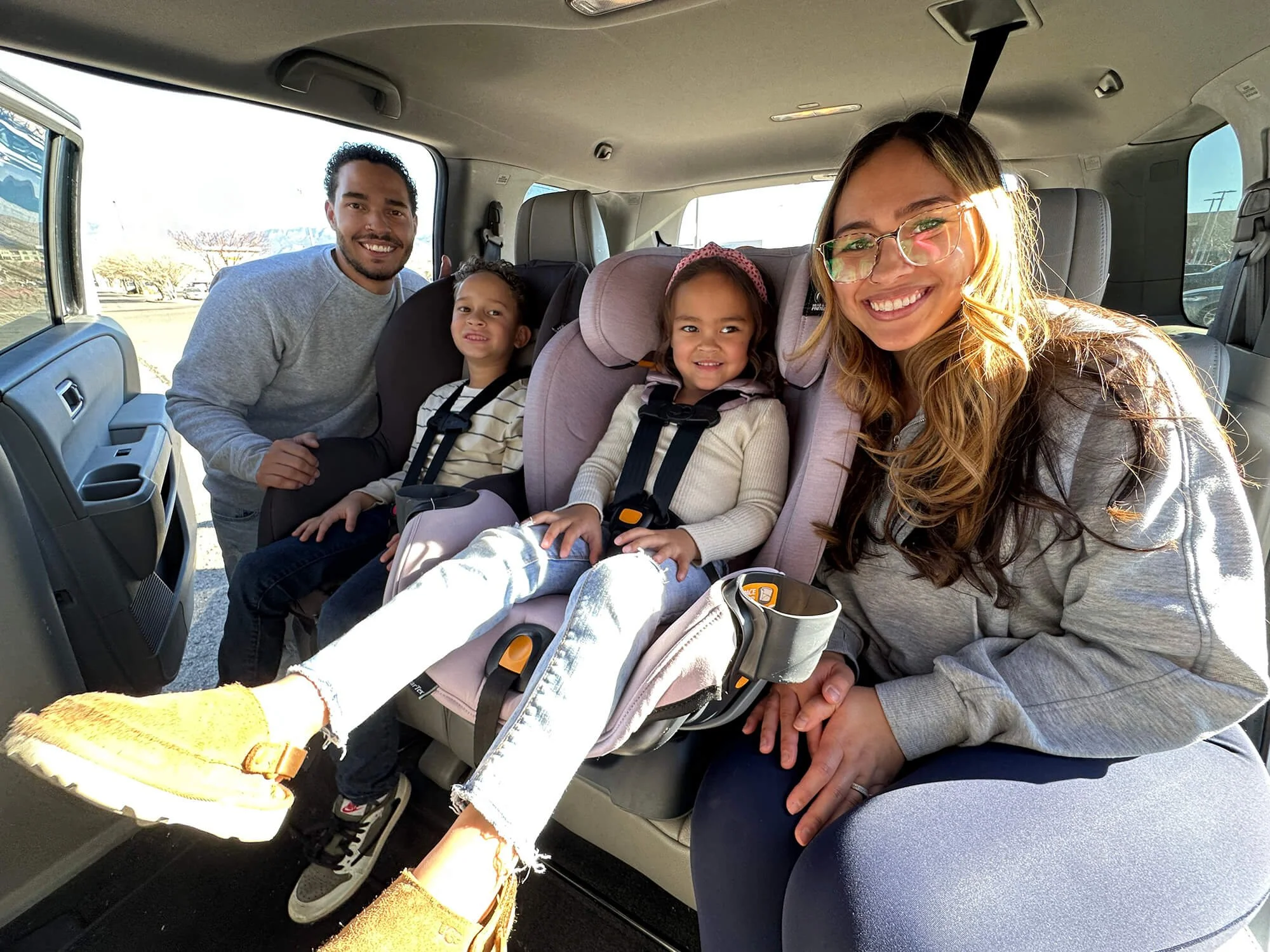Car Seat Safety
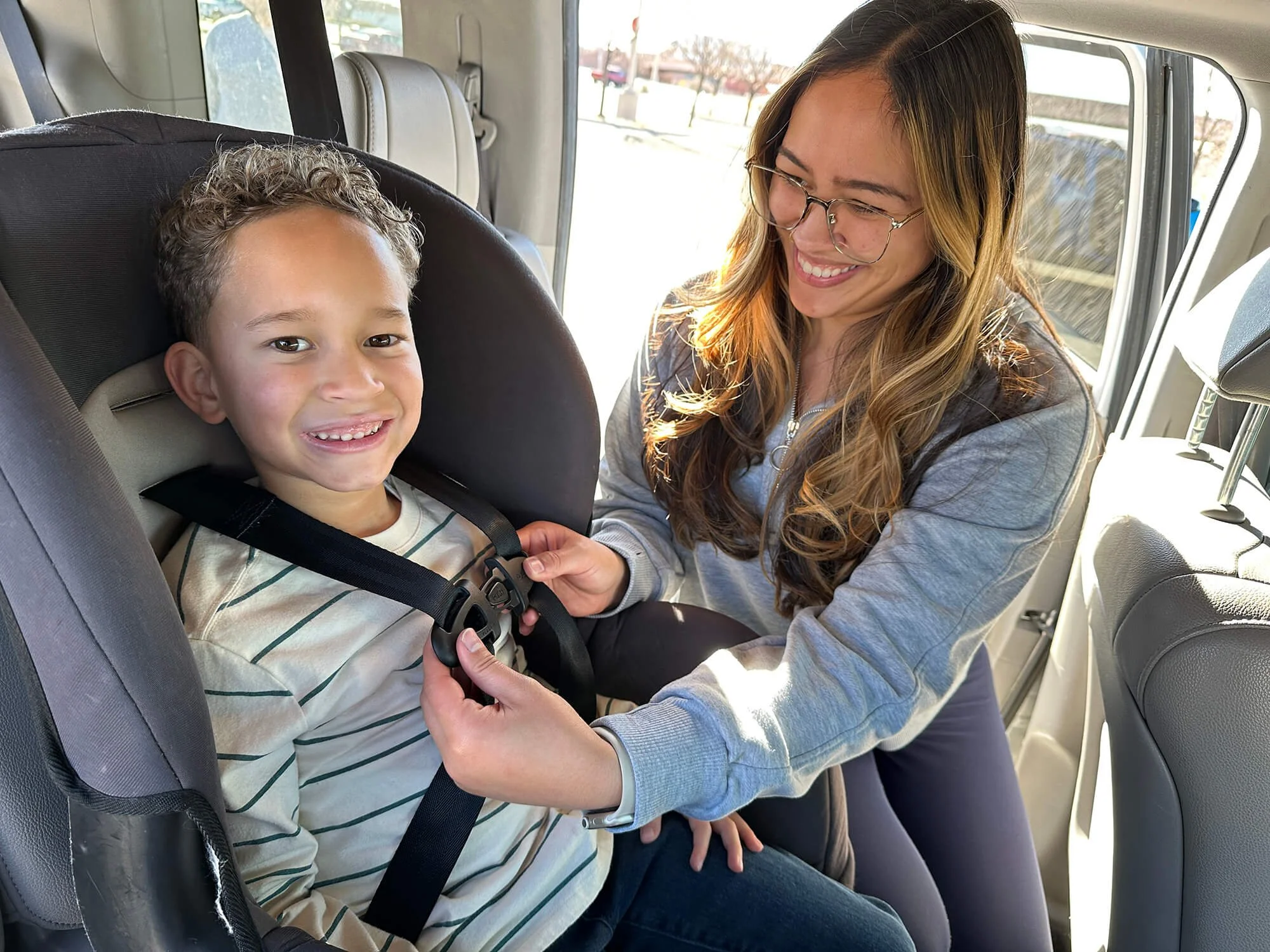
Car Seat Safety
Car seats and booster seats provide protection for infants and children in a crash, yet car crashes are a leading cause of death for children ages 1 to 13.
Car Seat Basics
With so many car seat options available, how do you choose the right one?
The best car seat is the one that fits your child, fits your vehicle, and that you can use correctly every time.
Not sure if your child’s car seat is the best fit?
We can help!
Make an appointment for an upcoming Car Seat Check-Up Event or visit our Calendar for a list of upcoming events.
-
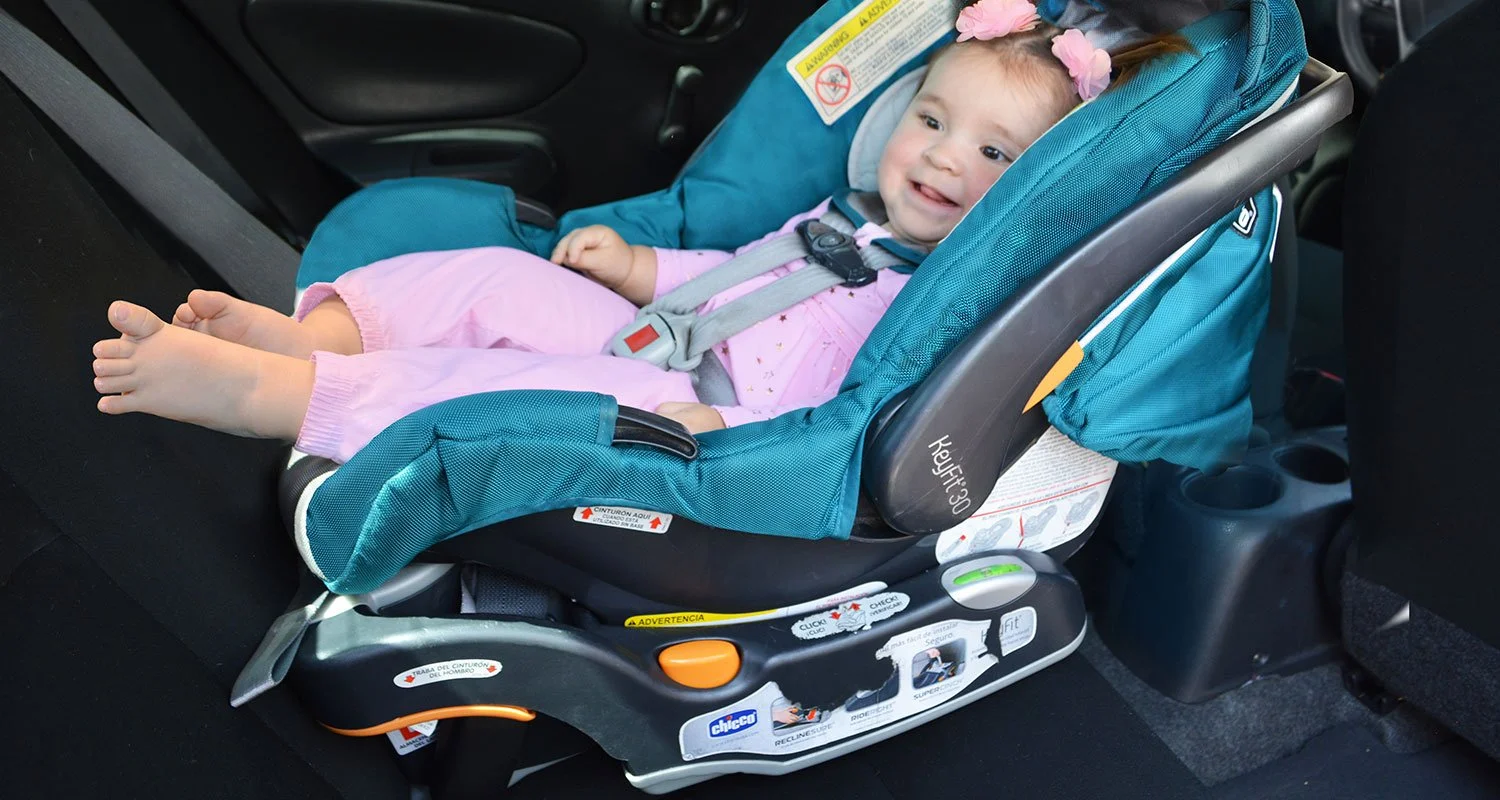
Rear-Facing Car Seats
Use a rear-facing car seat installed in the back seat until your child outgrows the highest height OR weight limit of the seat.
-
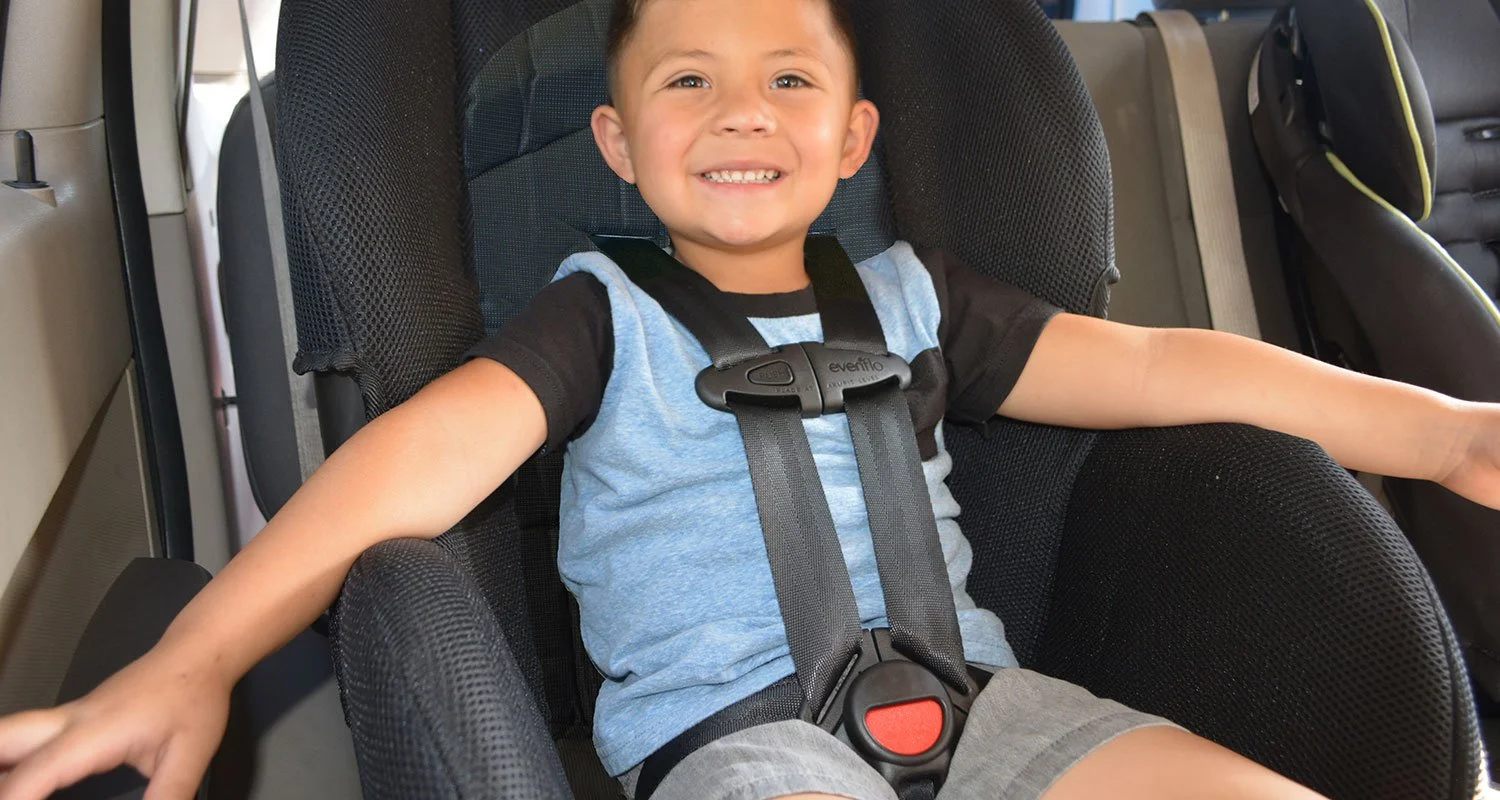
Forward-Facing Car Seats
Use a forward-facing car seat with a 5-point harness for as long as it fits your child (read car seat labels).
-

Booster Seats
Booster seats raise and position your child, so seat belts fit properly over the stronger parts of their body.
-

Seat Belts
Keep your child in a booster seat until they are big enough for the seat belt to fit them properly.

The Law
It’s the Law – EVERYONE in a car must be properly belted in all seating positions.
Seat belts and car seats save lives, and Safer is dedicated to efforts which increase their proper use. The NHTSA reports that using car seats decreases the risk of death by an estimated 71% for infants and 54% for older children.
Did you know 3 out of 4 car seats are used wrong? Could yours be one of them?
Car Seat Check-Up Events offer parents and caregivers personal instruction from nationally certified Child Passenger Safety Technicians on the proper selection, installation and use of your car seats and booster seats. There are two types of events – Car Seat Fitting Stations and Car Seat Clinics.
Car Seat Check-Up Events

-
Each car seat check-up takes approximately 30 minutes per seat. If you’re bringing more than one seat, please allow extra time for your appointment.
-
Please bring the following to your appointment:
The car seat and the car seat manual
The vehicle it will be used in most often and the vehicle manual
Your child, if possible
Inspection events are kid-friendly, and having your child present helps our technicians:
Confirm the seat is the best fit for your child
Show you how to properly buckle them in
-
If our technicians determine that your current car seat is unsafe, they’ll explain why and help you understand your options.
Common reasons a seat may be considered unsafe include:
Your child has outgrown the height or weight limits set by the manufacturer
The seat is expired
The seat has a known safety recall
If your seat is found to be unsafe, a replacement seat will be issued for a low fee, so your child can continue to ride safely.
-
Yes! Most people don’t realize this, but car seats do expire. Typically, a car seat expires six years after its manufacture date.
Why? Advances in safety technology, design updates, and normal wear and tear all mean your seat may no longer offer the best protection after that time.
You can usually find the manufacture and expiration dates on the label, often located on the side or bottom of the seat. At a check-up, our trained technicians will help you locate this label and make sure your seat is still safe to use.
-
The car seat check-up is free. However, if a technician determines your seat is unsafe and you need a replacement, there is typically a $35 fee per replacement seat.
All fees collected go directly back into the program to help other families in need.
Please note: To receive a replacement seat, your child must be present, and only one seat per child will be issued.
-
Yes! If you or your organization would like to host a Car Seat Inspection Event, please fill out our Event Request Form and we will contact you.




